There are many kinds of liquid level sensor on the market. Each kind or technology of liquid level measurement will have its pro and cons. To select the optimum liquid continuous level measurement sensor, user need to consider the following factors:
- Process conditions: what is medium to measure (water, waste water, oil…), working pressure, working temperature…
- Environment conditions: indoor or outdoor, direct sunshine or with sunroof, rain, air humidity and temperature…
- Output signal: 4-20mA, RS485/Modbus, I2C…
- Power supply: battery operated, external power supply…
For applications of detecting the level like:
- River water levels monitoring;
- Lake water level monitoring;
- Dam water level monitoring;
- City drainage level monitoring;
- Water tank level monitoring;
- Water treatment level monitoring;
- Water well level monitoring;
- …
We suggest to use the submersible level transmitter, instead of Ultrasonic level transmitter or Radar level transmitter or Point level wireless sensors (Float level sensor)…because of the following advantages of submersible level transmitter:
- It uses the hydrostatic pressure sensor to measure directly the liquid column pressure, then can be transfered to liquid level by multiply the liquid density. This pressure measuring technique will be not affected by the environment conditions like air humidity, rain… as ultrasonic level sensor and radar level sensor are easily affected;
- The installation is also very simple, as it is not affected by obstruction (tank wall, steel structure, bridge…) as the method of time of light measure as Ultrasonic and Radar;
- It delivers continuous output instead of some points of level as point level measurement sensor;
- It has 02 kinds of output: 4-20mA and RS485/modbusRTU is easily connected to any controller, PLC, IoT Gateway, wireless sensor…on the market;
- Better price/performance ratio compare to ultrasonic and radar;
- It has very wide range, can measure up to 200m water level of deep water well. Normally, the ultrasonic or radar is limited by 10m level;
- There is no moving part, compare to float type point level sensor. Therefore submersible level transmitter has longer life than the float type level sensor.
Daviteq would like to propose customer the good price/performance ratio submersible level transmitter LEET-M for above applications. LEET-M is the continuous level measurement sensor has the following features:
Submersed in 200m depth of Water
Fully laser welding construction for stable operation
High reliability and stability
Advanced pressure sensor technology
ATEX explosion-proof
Explosion-proof product conforms to Ex ia ⅡC T6
4-20mA Loop powered
Easy to connect to any PLC, system…


 Tiếng Việt
Tiếng Việt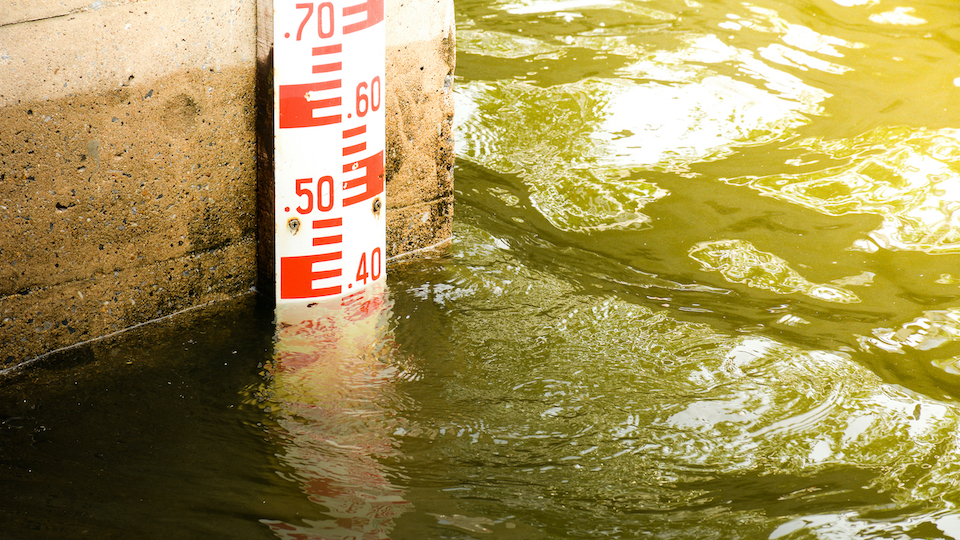
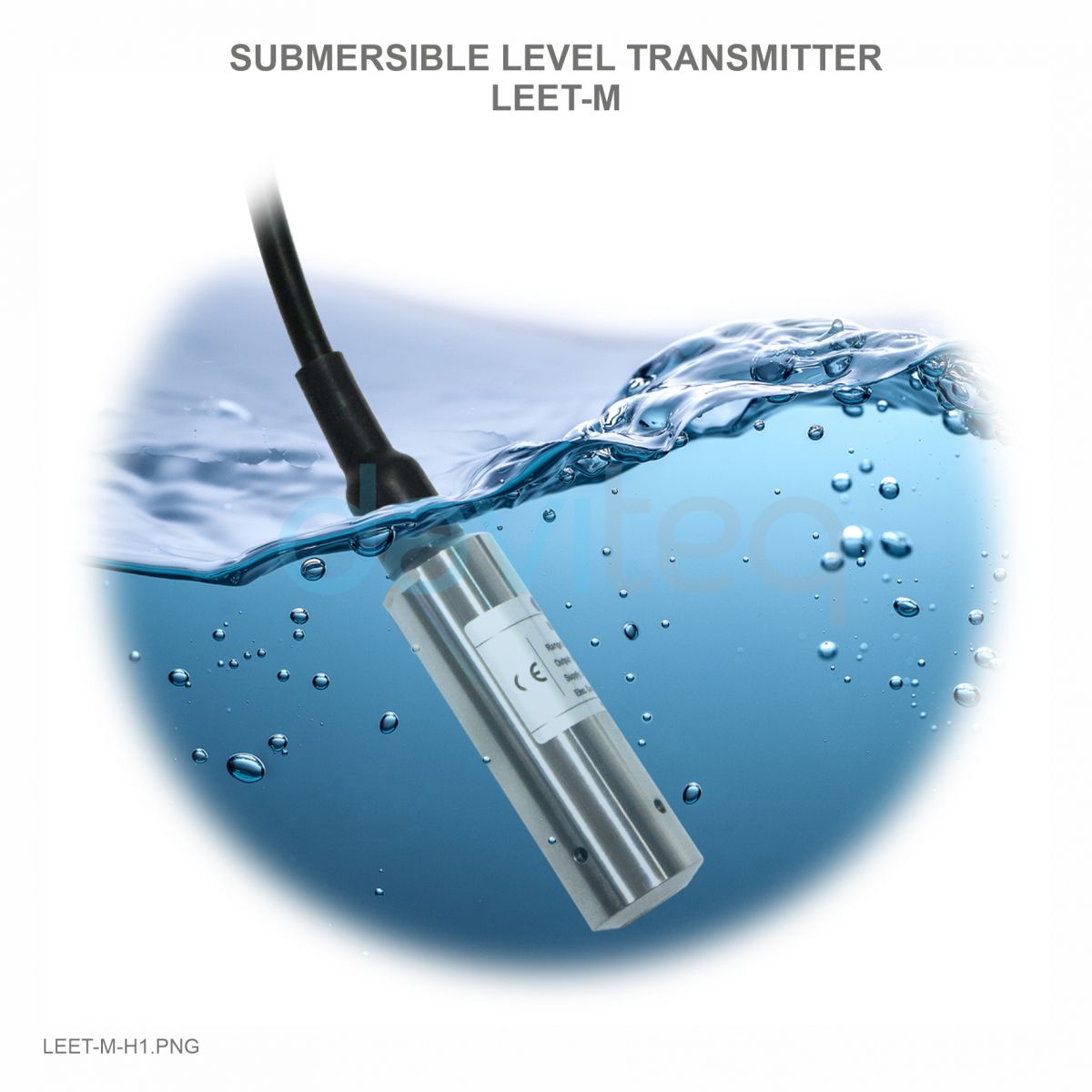
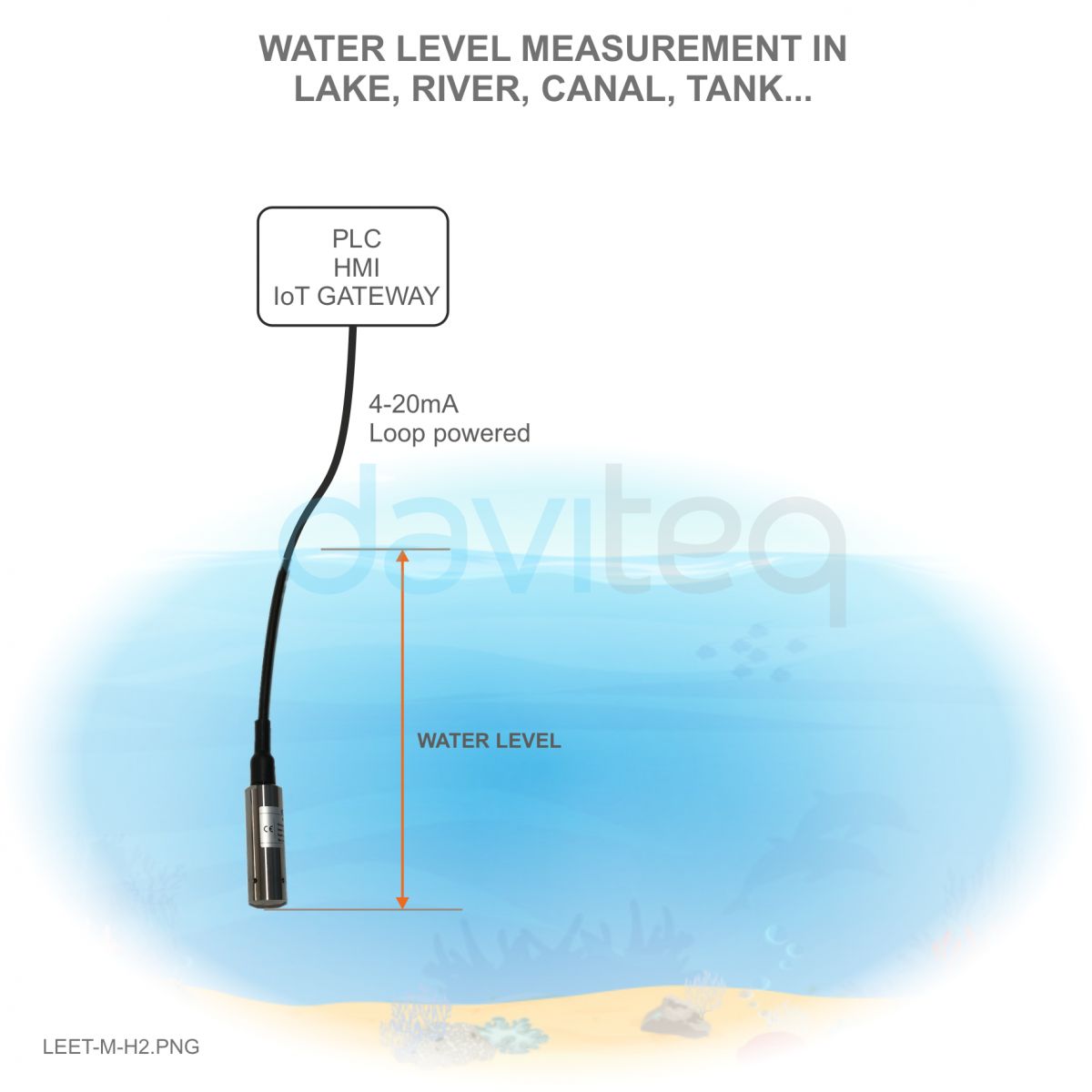
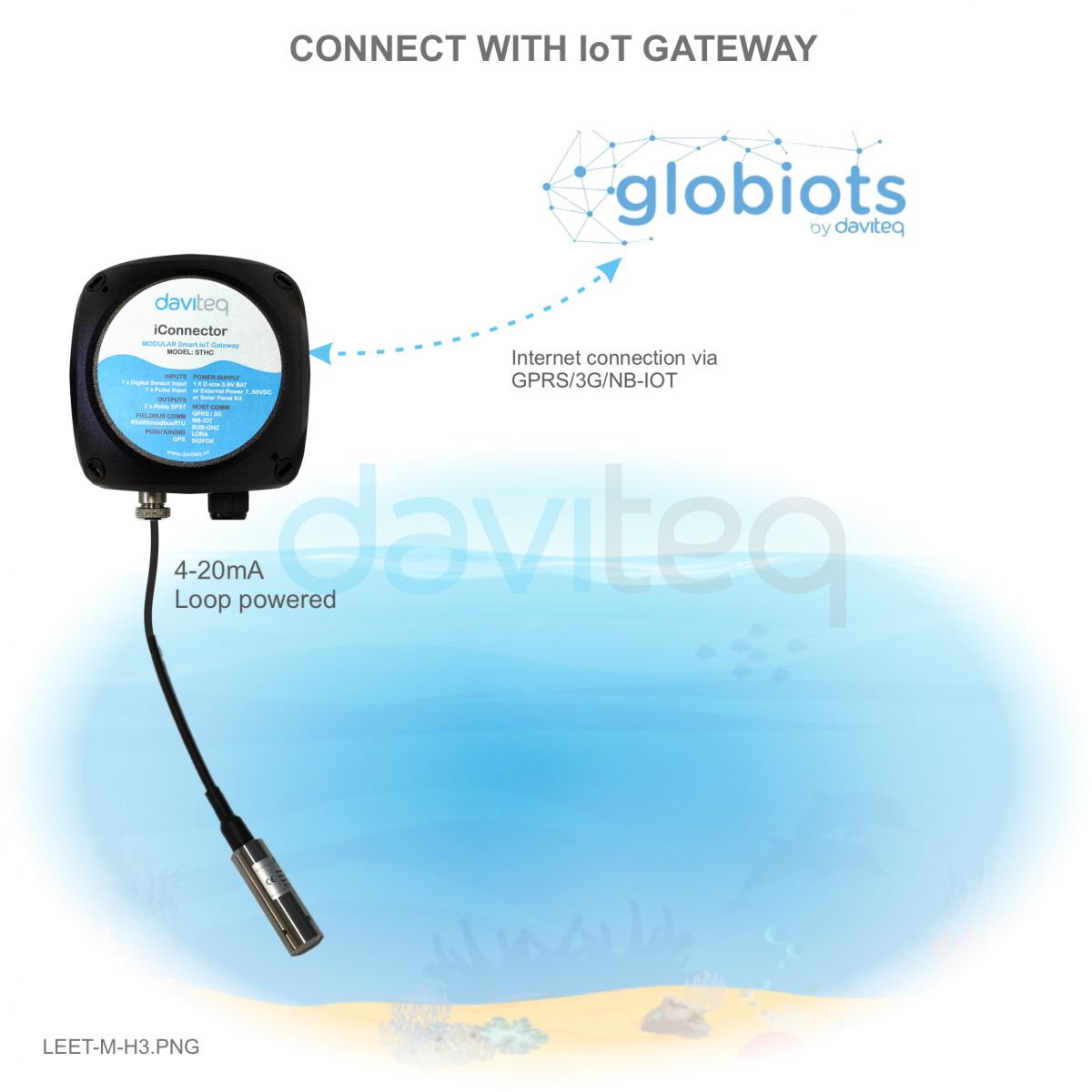
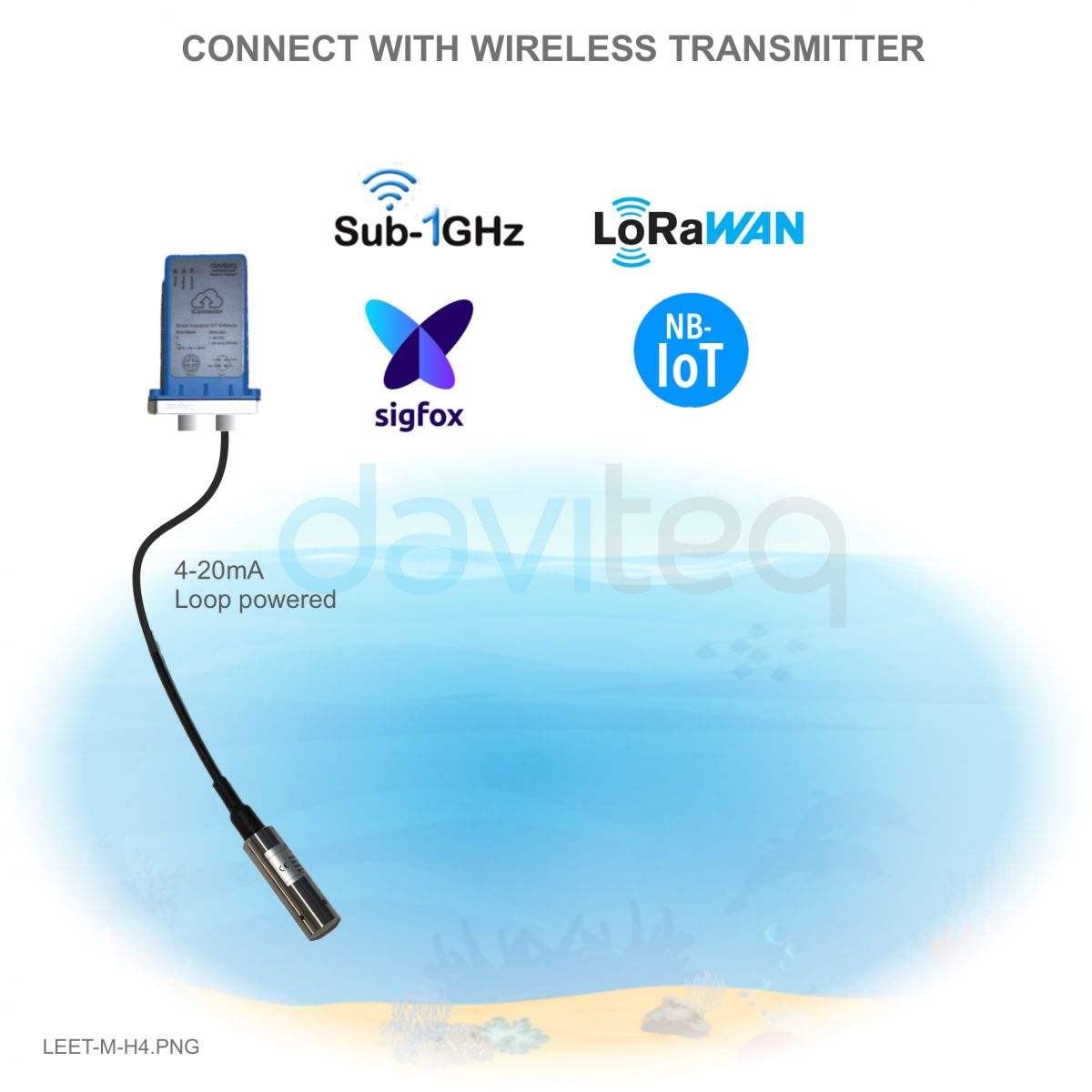
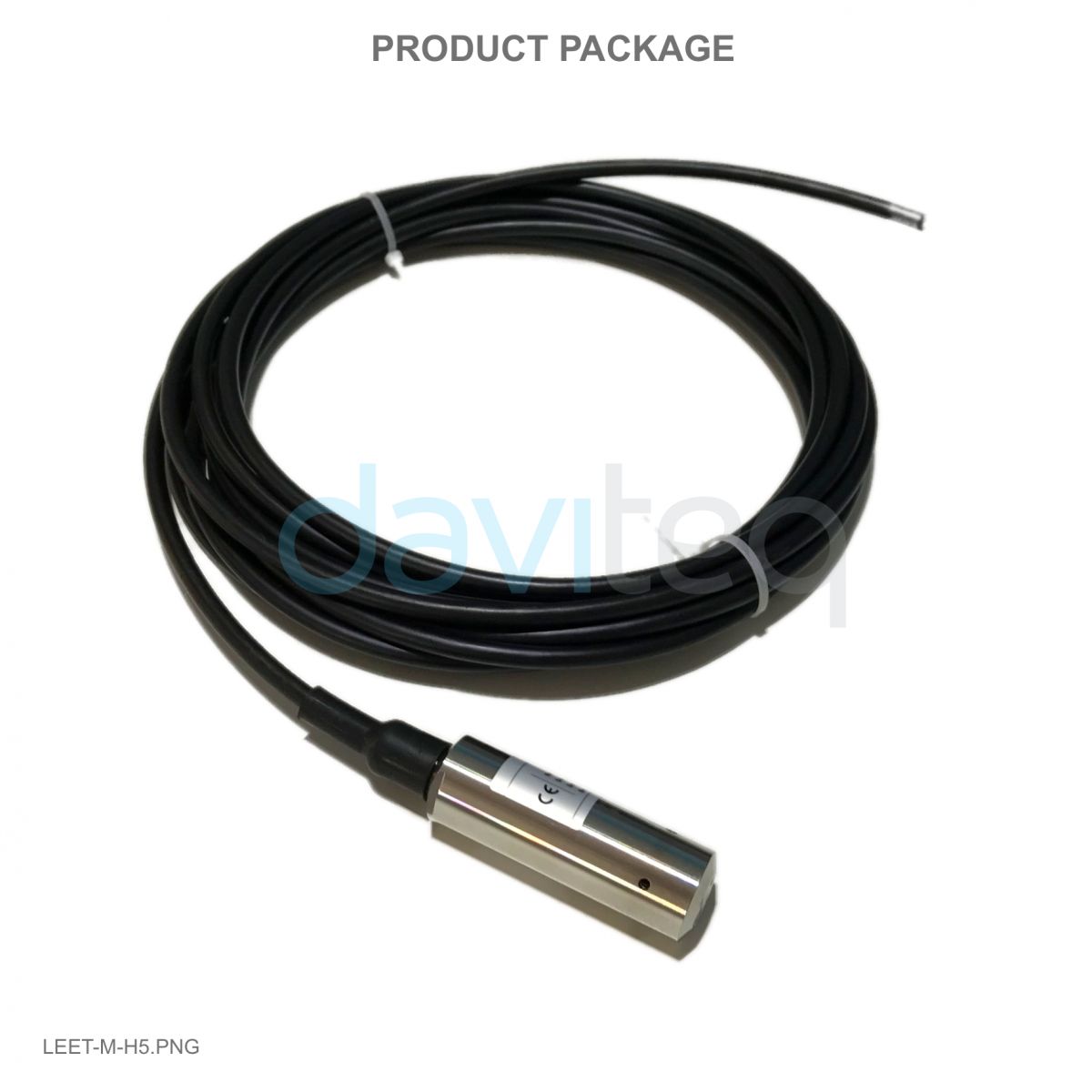

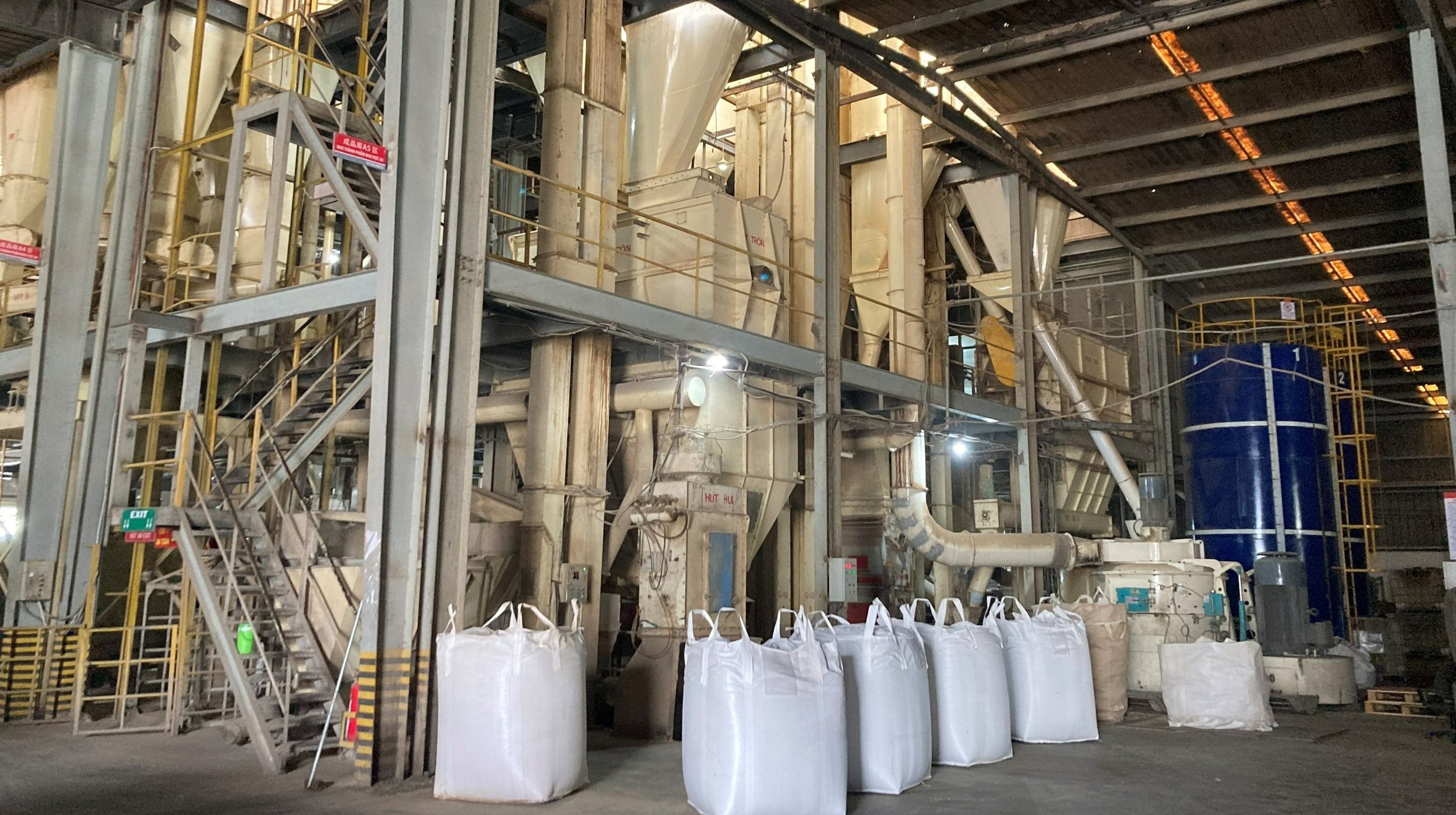


Comments are closed.